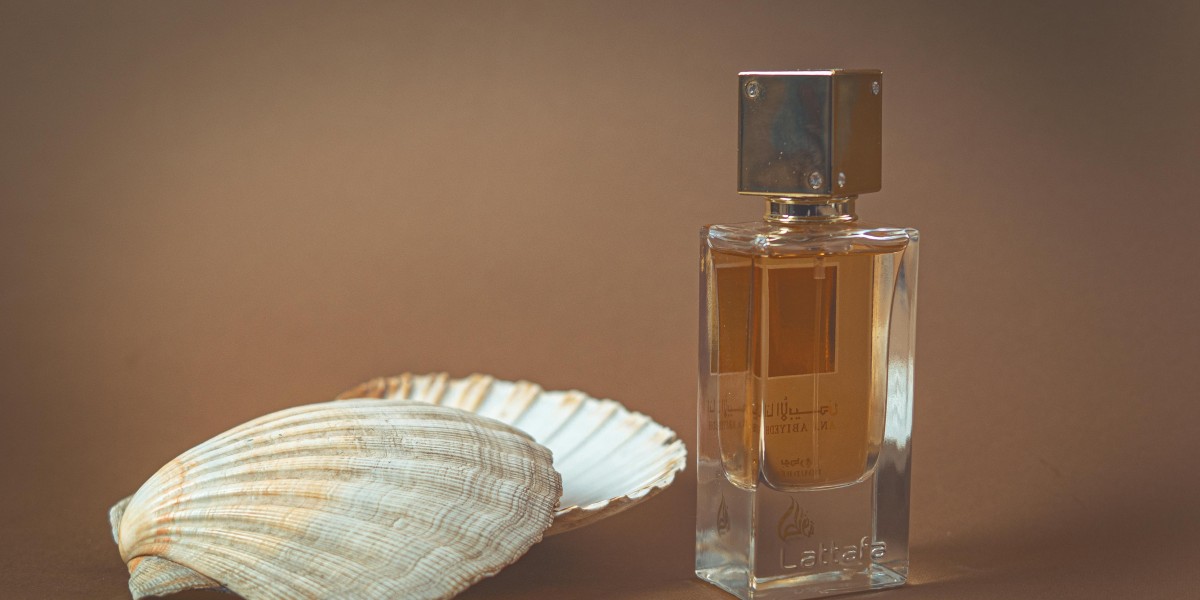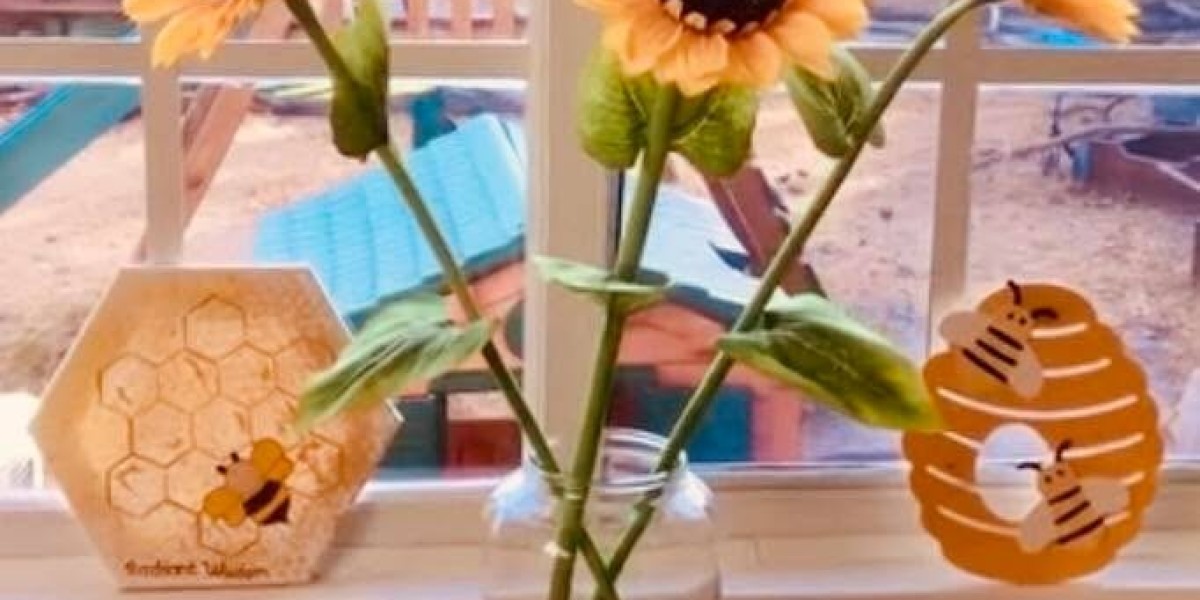Perfume is a language of emotion, memory, and personal expression. For beginners, stepping into the world of fragrances can feel overwhelming with the endless choices, notes, and families. But once you understand the basic categories of perfume families, you’ll discover that choosing a scent becomes much easier—and much more enjoyable.
This guide will take you through the different fragrance families, explain their characteristics, highlight examples, and show how timeless categories like classic chypre fragrances and floral perfume have shaped the art of perfumery. By the end, you’ll have a clear roadmap to help you identify your ideal scent.
Why Understanding Perfume Families Matters
Perfume families are essentially categories that classify scents according to their dominant notes and structure. Think of them as “genres” of fragrance, much like music or literature. Knowing these families helps you:
Identify Preferences: If you love fresh scents, you’ll likely enjoy others in the same family.
Navigate Stores: Instead of being overwhelmed, you can head straight to the family you know fits your style.
Build a Collection: Understanding perfume families allows you to choose scents for different moods and occasions.
Appreciate History: Families like chypres and florals have deep roots in fragrance history.
The Main Perfume Families
Though there are dozens of subcategories, most fragrances fall under four main olfactory families: Fresh, Floral, Oriental/Amber, and Woody. Each of these is further divided into subfamilies. Let’s explore them one by one.
1. Fresh Fragrances
Fresh perfumes are crisp, uplifting, and invigorating. They often feature citrus fruits, aquatic notes, and herbs.
Citrus Fresh: Composed of lemon, bergamot, orange, and grapefruit. Ideal for summer and daytime wear.
Aquatic/Marine: Inspired by the sea, with watery, salty, or ozonic notes.
Green Fresh: Evokes the smell of freshly cut grass or leaves.
Examples:
Acqua di Gio by Giorgio Armani (Aquatic Fresh)
Eau Sauvage by Dior (Citrus Fresh)
Green Irish Tweed by Creed (Green Fresh)
Fresh perfumes are great for people who enjoy light, energizing scents that feel clean and effortless.
2. Floral Perfumes
Perhaps the most beloved and popular category, floral perfumes draw their inspiration from the world of blossoms. They can be delicate, romantic, powdery, or opulent.
Single Floral (Soliflore): Highlights one flower such as rose, jasmine, or lily.
Bouquet Floral: Blends multiple flowers to create a fuller, layered composition.
Floral Oriental: Combines flowers with warm notes like amber or vanilla.
Why Floral Perfumes Are Timeless:
Flowers have always symbolized beauty, love, and femininity. From Chanel No. 5 to Gucci Bloom, the floral family remains evergreen.
Examples:
Chanel No. 5 (Classic aldehydic floral perfume)
Dior J’Adore (Modern floral bouquet)
Marc Jacobs Daisy (Youthful floral with fruity accents)
For beginners, floral perfumes are often the easiest entry point because they’re familiar, comforting, and versatile.
3. Oriental / Amber Perfumes
Warm, sensual, and exotic, oriental perfumes (also known as amber fragrances) are rich in spices, resins, and gourmand notes.
Soft Oriental: A blend of amber and light spices with floral accents.
Woody Oriental: Adds depth with patchouli, sandalwood, or vetiver.
Gourmand Oriental: Sweet and edible, featuring vanilla, chocolate, or caramel.
Examples:
Shalimar by Guerlain (Soft Oriental)
Yves Saint Laurent Opium (Spicy Oriental)
Thierry Mugler Angel (Gourmand Oriental)
These perfumes are perfect for evening wear, romantic occasions, or cooler seasons.
4. Woody Perfumes
Woody perfumes emphasize earthy, dry, and resinous notes. They’re often seen as grounding and sophisticated.
Dry Woods: Cedarwood, vetiver, and leather dominate this subfamily.
Mossy Woods (Chypres): A blend of citrus top notes, floral hearts, and mossy bases. This is where classic chypre fragrances shine.
Woody Aromatic: Herbs and spices mixed with wood for a fresh twist.
Examples:
Terre d’Hermès (Woody Citrus)
Dior Fahrenheit (Woody Leather)
Mitsouko by Guerlain (Classic Chypre)
Woody perfumes often appeal to those seeking elegance and depth.
The Timelessness of Classic Chypre Fragrances
Among woody perfumes, the chypre category holds a special place. The name originates from Chypre by Coty (1917), a groundbreaking perfume that combined citrus, oakmoss, and patchouli into a structure that became the foundation of countless fragrances.
Characteristics of Classic Chypre Fragrances:
Bright citrus opening (bergamot is common).
A floral or fruity heart, often rose, jasmine, or peach.
A mossy, earthy base with oakmoss and patchouli.
Why They’re Timeless:
Classic chypres are neither too sweet nor too sharp—they strike a sophisticated balance that has appealed to men and women for over a century. They’re also highly versatile, suitable for both day and evening wear.
Examples of Classic Chypre Fragrances:
Chypre by Coty (The original masterpiece)
Guerlain Mitsouko (A fruity-floral chypre)
Dior Miss Dior (An elegant floral chypre)
Subfamilies and Crossovers
As perfume has evolved, many fragrances now blur family lines. For example:
Floral Oriental: Combines jasmine or rose with vanilla and amber.
Fresh Woody: Uses citrus and herbs with cedarwood.
Fruity Floral: Adds peach, apple, or berries to traditional florals.
These hybrids allow perfumers to innovate while still respecting the foundations of fragrance families.
How to Choose the Right Perfume Family
When starting out, you may wonder which family suits you best. Here are some quick tips:
Love clean and refreshing scents? Try Fresh or Green perfumes.
Want romantic, everyday wear? Explore Floral perfumes.
Prefer sensual, mysterious vibes? Go for Oriental/Amber.
Crave elegance and sophistication? Test Woody perfumes, especially classic chypre fragrances.
The Role of Seasons and Occasions
Perfume families often align with seasons and settings:
Fresh Perfumes: Perfect for spring, summer, and daytime wear.
Floral Perfumes: Great for all-year use, especially in social or romantic settings.
Oriental Perfumes: Best for fall, winter, evenings, or special events.
Woody Perfumes: Work beautifully in professional settings or cooler weather.
Building Your Perfume Wardrobe
Instead of relying on one signature fragrance, many perfume lovers create a wardrobe of scents. For example:
Work/Daytime: A light fresh citrus.
Casual Outings: A playful fruity floral perfume.
Romantic Evenings: A sensual oriental.
Formal Events: A sophisticated chypre or woody scent.
By mixing different families, you’ll always have the right fragrance for every mood and occasion.
Conclusion
Understanding perfume families is the first step to unlocking the world of fragrance. Each family—Fresh, Floral, Oriental, and Woody—offers its own mood, personality, and timeless appeal. Among them, classic chypre fragrances stand as symbols of sophistication, while floral perfumes continue to embody romance and elegance.
By exploring these families, you’ll not only discover scents that resonate with your style but also learn how to express yourself more fully through fragrance. Perfume, after all, isn’t just about smelling good—it’s about telling your story, one note at a time.







